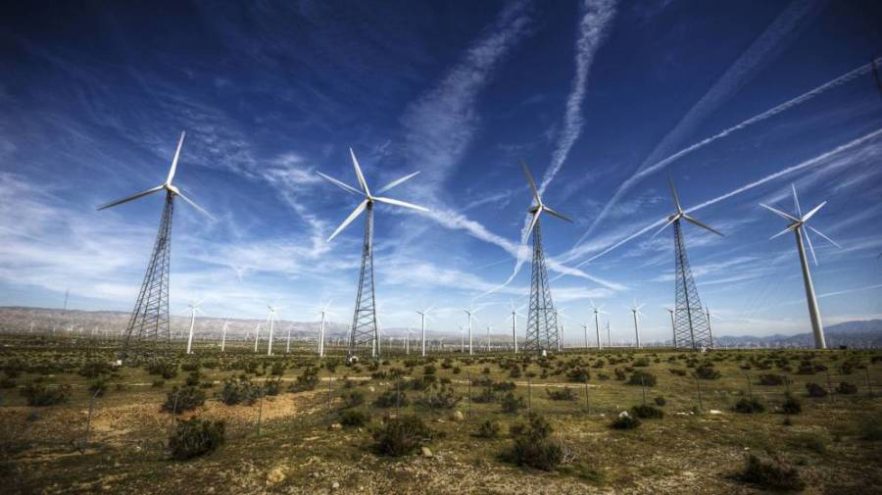Global energy demand rose 1% last year and record renewables growth did nothing to shift the dominance of fossil fuels, which still accounted for 82% of supply, the industry's Statistical Review of World Energy report said.
Last year was marked by turmoil in the energy markets after Russia's invasion of Ukraine, which helped to boost gas and coal prices to record levels in Europe and Asia.
The stubborn lead of oil, gas and coal products in covering most energy demand cemented itself in 2022 despite the largest ever increase in renewables capacity at a combined 266 gigawatts, with solar leading wind power growth, the report said.
"Despite further strong growth in wind and solar in the power sector, overall global energy-related greenhouse gas emissions increased again," said the president of the UK-based global industry body Energy Institute, Juliet Davenport.
"We are still heading in the opposite direction to that required by the Paris Agreement."
The annual report, a benchmark for the industry, was published for the first time by the Energy Institute together with consultancies KPMG and Kearny after they took it over from BP, which had authored the report since the 1950s.
Scientists say the world needs to cut greenhouse gas emissions by around 43% by 2030 from 2019 levels to have any hope of meeting the international Paris Agreement goal of keeping warming well below 2C above pre-industrial levels.



















